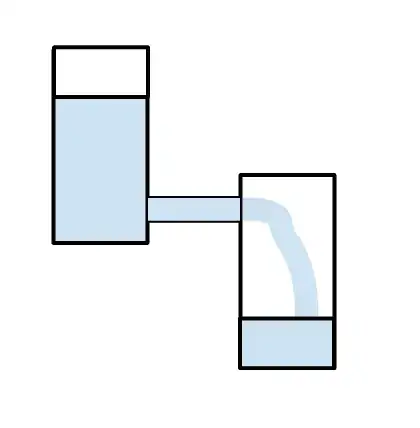We know that in osmosis, the solvent molecules flow from the lower concentration to higher concentration across a semi-permeable membrane. But why do they flow like that?
For my explanation, I took the analogy of water in two vessels at different heights.
Here we can see that the flow of water is from a higher altitude (and higher gravitational potential) to a lower one. I tried explaining osmosis using the same concept. Since water flows from the solvent side to the solution side, the solvent side must have higher potential energy in some form while the solution side has lower potential energy. But why does solvent have a higher potential than solutions?
The only explanation I can come up with is that when solute molecules like $NaCl$ dissolve, the energy to stabilise $Na+$ and $Cl-$ comes from the solvent itself. But the dissolution of sodium chloride in water is an Endothermic process. There are exothermic dissolution reactions too which doesn't consume energy. So why does solvent have a higher potential than solutions in these cases also?
